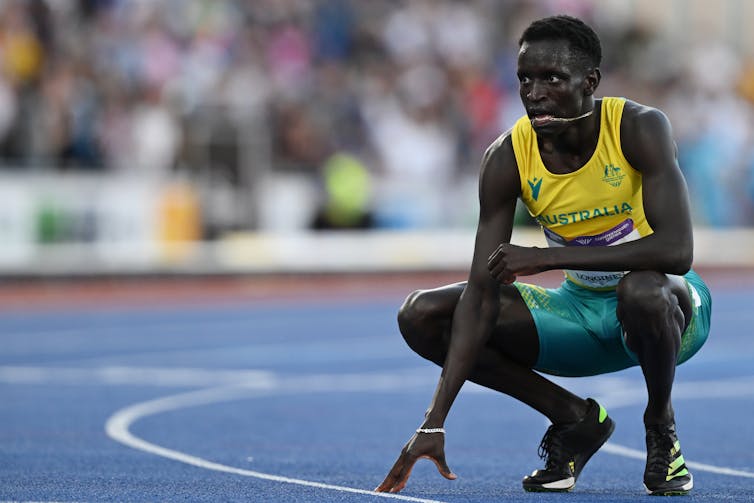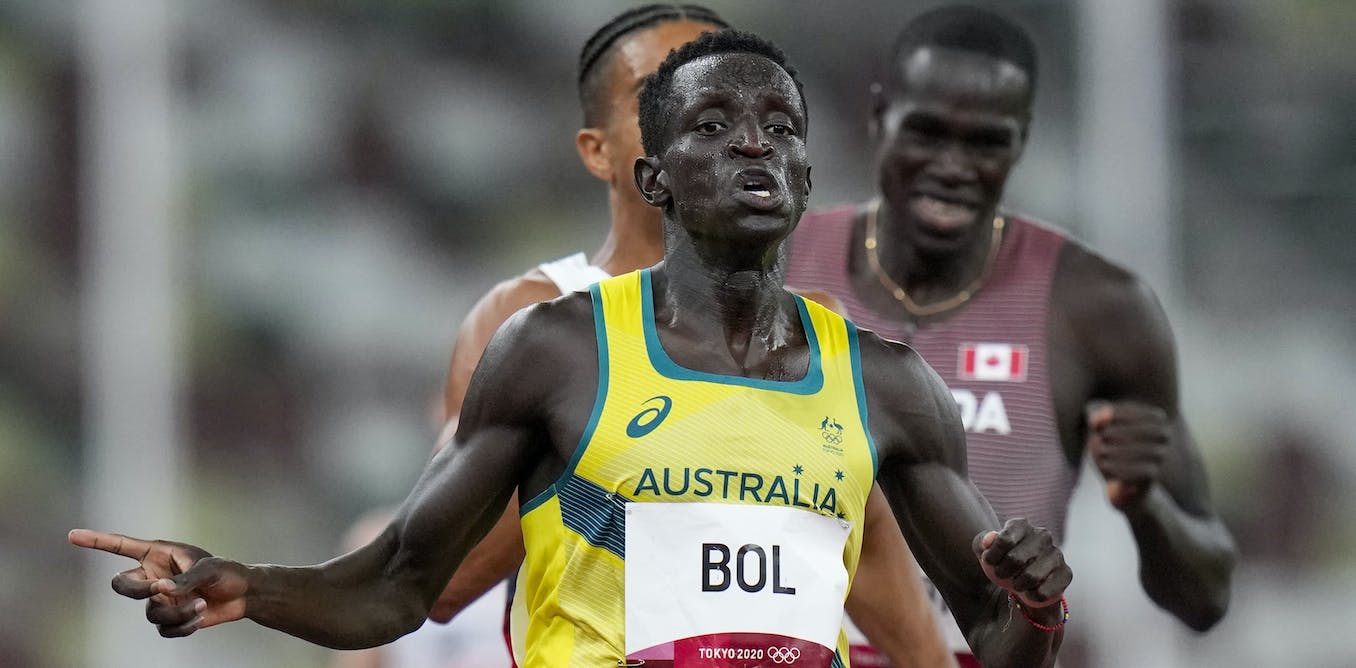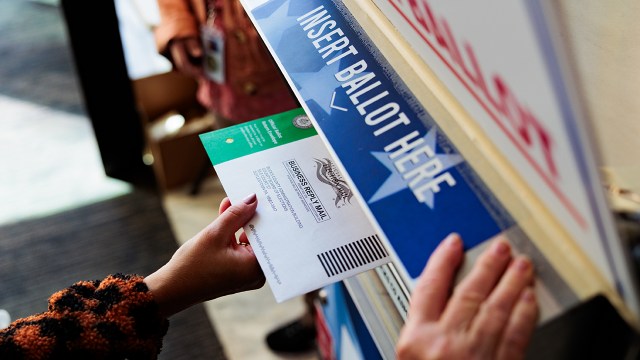Lawyers for Australian 800-metre star Peter Bol say allegations the runner engaged in doping should be dropped after two independent labs found no evidence he used a banned substance.
Bol has always strongly denied the allegations.
So what went wrong?
How we got here
Bol is a national champion, Commonwealth Games silver medallist, and finished fourth at the Tokyo Olympics in 2021.
He was provisionally suspended from the sport in January 2023 after testing suggested he was using a banned substance called “synthetic EPO”.
EPO stands for erythropoietin, which occurs naturally in the body. It’s secreted in the kidney, and stimulates red blood cell production in bone marrow.
Synthetic EPO (or rEPO) is made in a lab, and is known to enhance athletic performance. It was most famously abused by disgraced cyclist Lance Armstrong.
Lance Armstrong charged with ‘blood doping’ and EPO-use … so how do they work?
On October 11 2022, Bol provided an out-of-competition urine sample which was analysed for a range of prohibited substances, including synthetic EPO.
The timing is important. While athletes seeking to cheat commonly use prohibited substances in the off-season to increase their training load, Bol suggested this date is outside of the time when an athlete could benefit from taking synthetic EPO (roughly a three-month window).
On January 10 2023, Bol was advised his A-sample from October 2022 had returned a positive result for synthetic EPO, and was provisionally suspended.
Bol was also told that another previous sample that had been analysed for EPO, collected at some time in 2021, had returned an uncertain result.
Bol’s team believes this is evidence the athlete may have naturally occurring high levels of EPO, which may have been wrongly interpreted as synthetic EPO.
Bol requested the B-sample from 2022 be analysed.
On February 14 2023, Sport Integrity Australia found the B-sample returned an atypical result (not positive or negative, but an indication further investigation is required).
Bol’s provisional suspension was lifted, but Sport Integrity Australia said the investigation “remains ongoing”.
Natural vs synthetic EPO
An athlete is unable to take whatever is left of their original urine sample to have it retested by another lab.
Athletes can, however, be provided with the data, photographs and detailed documentation of the procedure followed by the lab, known as the “lab pack”. The athlete then needs to find an expert to translate the complex documentation.
Two independent labs analysed Bol’s lab pack.
One was David Chen, Professor of Chemistry at the University of British Columbia, and the other was a group of four experts from Norway.
Both assert there was no evidence of synthetic EPO in Bol’s sample.
The Norwegian group found “a large amount of natural EPO” in Bol’s sample, and hypothesised his atypical result may be due to high naturally occurring levels of EPO.
In an interview with Channel 7 in early March, Bol speculated it could be a Sudanese gift:
It’s in our genetics, of course. We’re fitter, we’re faster, we’re more resilient because of how much we’ve been through and gone through. It’s our genetics, it’s who we are. We can get back in shape pretty fast; [it] doesn’t mean we’re cheating. It’s how we’re born.
While there have been studies on the effect of ethnicity in patients receiving synthetic EPO treatment, it’s not known whether there are ethnic variations in EPO production among elite athletes.

Dean Lewins/AAP
There are different ways of manufacturing synthetic EPO, and the source materials vary too. So identifying variations in what’s within the “normal” range and what’s synthetic EPO becomes increasingly difficult.
Synthetic EPO is also made by legitimate manufacturers, as it’s used to help some patients with chronic anaemia (who don’t have enough healthy red blood cells).
Research suggests even legitimate products can vary significantly, let alone what’s produced on the black market.
The different methods of manufacturing synthetic EPO appear to be causing issues with identifying synthetic EPO, and in interpreting the results of analyses.
It’s possible, then, that naturally occurring EPO could (incorrectly) appear as though it’s a variation of one of the synthetic EPO products.
A ‘catastrophic blunder’?
Bol’s legal team, in a letter to Sport Integrity Australia, said “inexperience and incompetence at the Australian Sports Drug Testing Laboratory (ASDTL) led to an incorrect determination”, accusing Sport Integrity Australia of making a “catastrophic blunder”.
David Chen, from the University of British Columbia, suggested the World Anti-Doping Agency’s (WADA) method for testing for synthetic EPO needs to be amended, including for the amount of urine used in the analysis. Under WADA’s rules, it is possible to challenge the validity of the tests.
Quoted in the letter, Chen said all tests performed for Bol used 15ml of urine, but that “an experienced lab person should have understood that this was the upper limit”.
While this means the lab followed WADA guidelines, Chen’s concern is that “for many athletes, this amount is too high”.
What’s not explained in the letter, in what is publicly available at least, is why 15ml of urine is too much for “many athletes”.
Snubbing Chinese swimmer Sun Yang ignores the flaws in the anti-doping system
Technically, the investigation into Bol could be closed on the basis the B-sample didn’t confirm the A-sample, so the evidence may be insufficient to comfortably establish a doping violation.
However, Sport Integrity Australia will undoubtedly be as keen as Bol and his team to get to the bottom of this.
It’s important for all athletes, and for trust in the anti-doping system, that the validity of the EPO test and the interpretation of the analysis can be transparently relied on.




